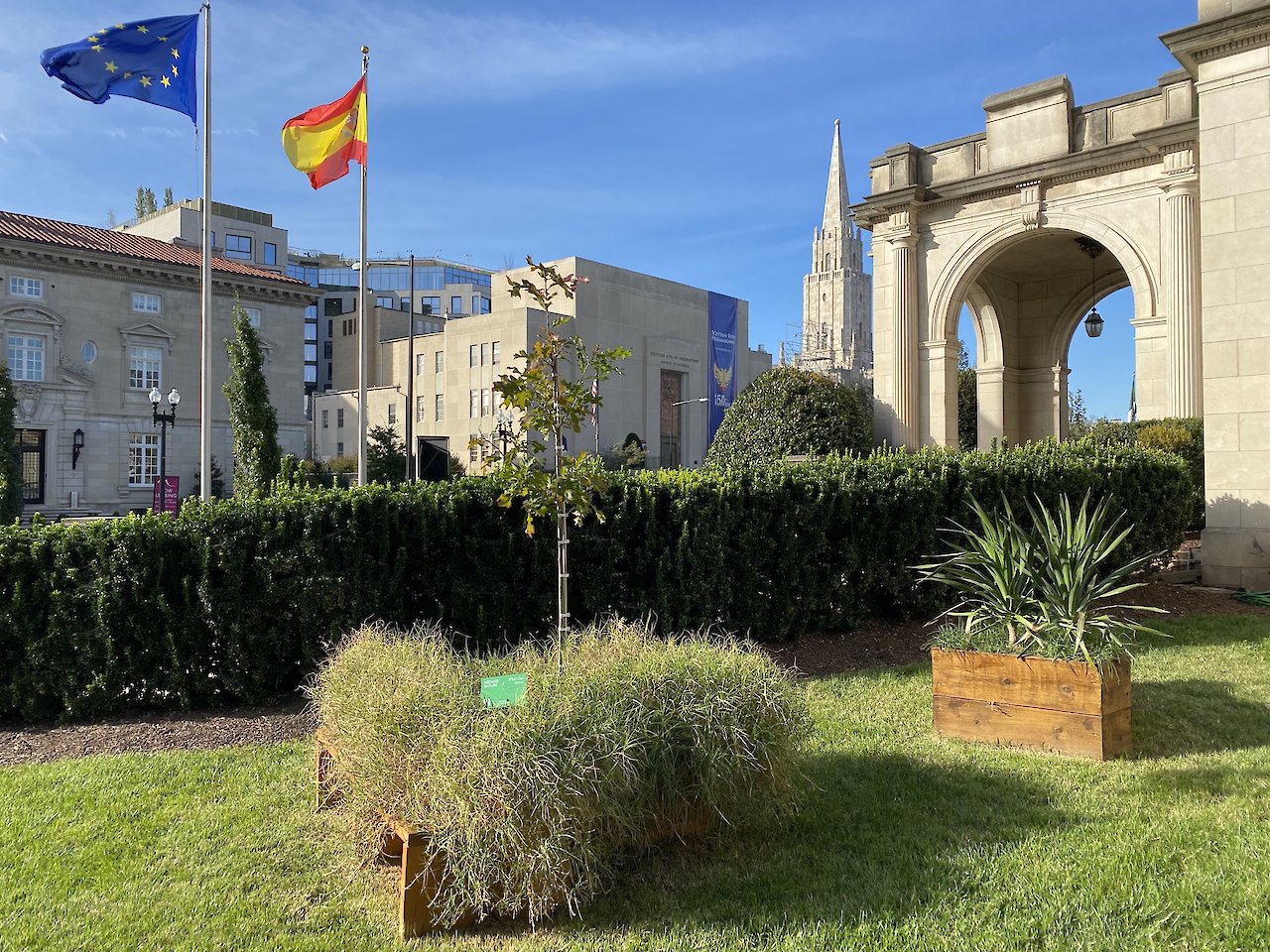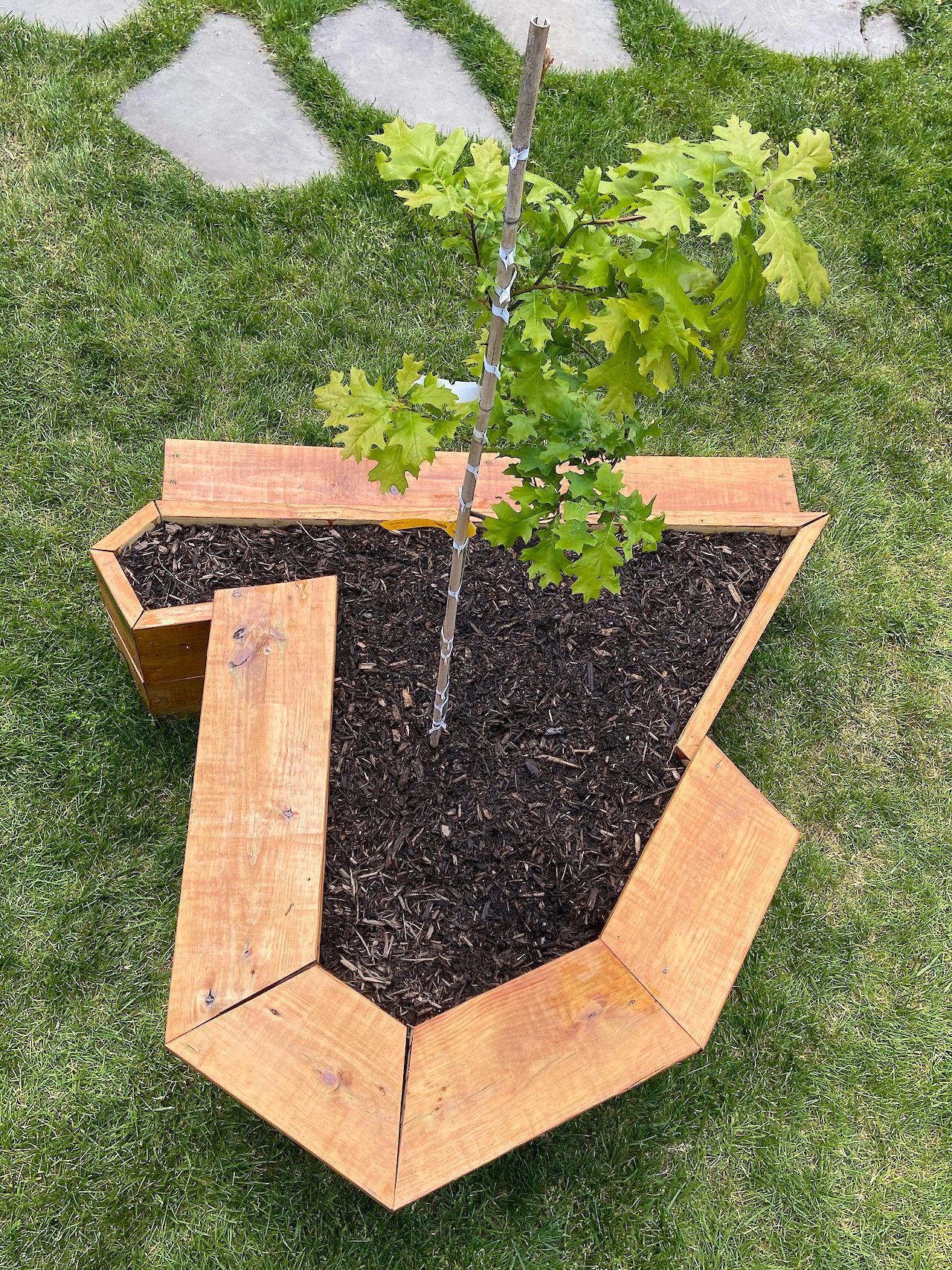Seville (Spain)
Stop 1
Ecological capital
Legend
The height of the beds is connected with the natural resources produced and used by each of the countries today. The elevation of the beds represents the natural resources value, being the tallest the one with more Ecological Capital. This graphic contrast the percentage of global natural resources the country uses vs the percentage of global natural resources they have.
Demographics
- Native and others (12%)
- Western descent (88%)
Legend
The color of the beds is connected with the ethnographic diversity of the places they represent today. The colors ranging from natural wood to black reveal the demographic reality divided in this graphic between people from Western descent vs Native & others.
White Oak
Quercus
Quercus robus are native in most of Europe. Oaks have been proven to exist for 35 million years. One of the most used woods in Europe historically, large-diameter White Oak trees have become an increasingly rare wood as most quality timber was harvested over a century ago. Of all the oaks, it is the most sought-after and valuable because of its strength and appearance. The beautiful light to dark brown wood is used to make paneling, siding, flooring, furniture, boats (as a substitute for teak), decking, vineyard supports, fruit boxes, pallets and wood pellet production.
White Oak was used to build the Trinidad, the San Antonio, the Victoria, the Conception, and the Santiago, the five ships commanded by Magellan. Only one ship of the original five —and only 18 men of the original 270— came back to Seville three years and a month after their departure.
Oak today is valued not only because of its wood. Oaks support more wildlife forms than any other native trees, including more than 280 kinds of insects. The acorns form a valuable food resource for several small mammals and some birds, including the Iberian pig, one of the most profitable sources of the meat industry in Spain. Oak wood is today a growing gold, desired not only for its durability and size, but also for its properties for maceration in the wine industry. The value of the oak tree and the different industries and ecosystems that depend on them is perhaps one of the most extensive in our world today.

